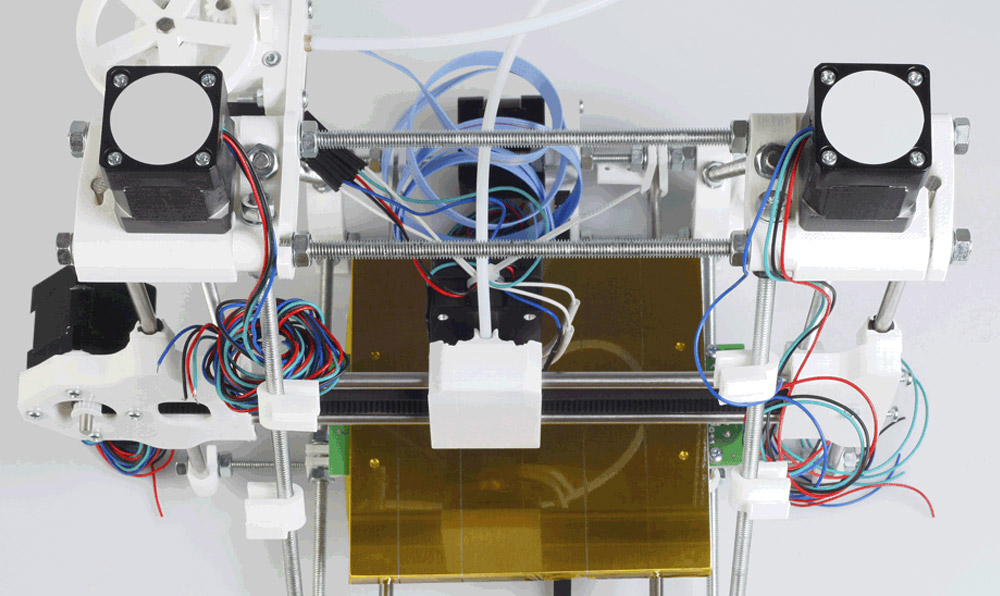If you live on planet Earth and have even the most rudimentary of access to the Internet, you’ve probably heard of Pokémon Go, a location-based augmented reality game that requires players to hunt down virtual monsters and challenge others’ captured critters to combat.
Although not real, for the sake of argument, let’s say Pokémon not only exist, but that they perform real-world functions, and that you just happen work for the company that manufactures them. Further, you are tasked with their classification in preparation for worldwide export.
PokéWhat?
Even if you don’t play Pokémon Go yourself, odds are you’ve noticed gaggles of teenagers (and let’s face it, some adults too) travelling in packs with their eyes glued to their smartphones, oblivious to the world around them.
Pokémon themselves—short for Pocket Monsters—are an interesting bunch. In addition to the cute (or more frequently, weird) factor, each one has unique abilities and qualities that offer various advantages during combat. Recently, after my 1310 CP-level Vaporeon lost an epic battle against a 1983-level Scyther, an interesting thought crossed my mind. As someone who works in the world of export compliance, I wondered: how would these little monsters be classified?
And so, based on my experience training Visual Compliance users how to use our classification tools, I did just that.
One-two-three—PokéGo
Consider the following Pokémon and their characteristics. Once you delve in, it doesn’t take long to realize that many of them could have very practical uses that many military forces would thrilled to get their hands on:
The Pokémon that can ruin your smartphone
When it evolves, a Magnemite turns into a Magneton, the force of which is said to be powerful enough to evaporate surrounding moisture and increase the temperature by 3.6 °F within a 3,300 foot radius.¹ It can also disrupt and disable electronic devices and precision instruments.
So, does that make him an EMP “bomb” or generator? The thermal effects, and the disruption and disabling of devices, may put this Pokémon into the latter category, or Category IV (g) Non-nuclear warheads for rockets, bombs, and missiles (e.g., explosive, kinetic, EMP, thermobaric, shape charge, and fuel air explosive (FAE).² But the Magneton can also form a barrier with its electricity. So maybe its “technology” would qualify it for ECCN 7E102 (“Technology” for protection of avionics and electrical subsystems against electromagnetic pulse (EMP) and electromagnetic interference (EMI) hazards, from external sources) instead? Additionally, it is able to produce sonic booms and emit strange radio waves, so there’s that to consider.
Voltorb—you don’t want to make him angry
Next, let’s take Voltorb, a spherical Pokémon that looks like a Pokéball with a permanent look of anger on his face. It was first seen in the manufacturing plant where modern Pokéballs were invented, and thought to have been inadvertently created when one was exposed to some sort of energy pulse. It is said to be volatile and cranky, and will explode if jostled, disturbed or stressed.
That might put it Category V – Explosives and Energetic Materials, Propellants, Incendiary Agents and Their Constituents, although with little idea what active explosive material it contains, and no clue as to its detonation velocity, there’s no way of knowing if that’s correct. But its origin suggests it was created accidentally, and not specifically for military purposes.
Therefore, one could argue that it falls under 1C608 (Energetic materials and related commodities), or perhaps 1C239 (High explosives, other than those controlled by the U.S. Munitions List, or substances or mixtures containing more than 2% by weight thereof, with a crystal density greater than 1.8 g/cm³ and having a detonation velocity greater than 8,000 m/s.). But without knowing Voltorb’s crystal density or, as mentioned, its destination velocity, classifying it as a 1C239 is a guess at best.
The main monster himself
Then there’s Pikachu, the most recognizable Pokémon. He’s a chubby, bright yellow rodent-type Pokémon with red circles on his cheeks who can generate electricity. He’s able to jolt his enemies and share his current with other weakened Pikachu. He is absolutely, without question, a portable electric generator. A solid 2A994. The generators that are in 2A994 are portable—”5,000 lbs. or less on wheels, or transportable in a 2½ ton truck without a “special set up requirement.” The only thing you need to transport a Pikachu is a Pokéball in your pocket; no need for a 2 ½ ton truck. There’s little-to-no arguing this one.
Can’t catch them all without these
Speaking of the Pokéball, the object that let’s one capture and contain a Pokémon. Containment unit? That’s a 1B234 (High explosive containment vessels, chambers, containers, and other similar containment devices, etc.) any day of the week.
But wait, Pokémon are alive, therefore biological, so maybe the balls are 2B352 (Equipment capable of use in handling biological materials)?
So many possibilities, so little time
With that many classification options from which to choose, you’d next want to break out C.J. Ruling Request Forms. It’s what I would do. But that would have to wait for another day, for my local Gym was calling. It was time to redeem my Vaporeon, or perhaps let my newly hatched 794-CP Blastoise test his mettle in battle for the first time.
If you have suggestions on how you’d classify any of the Pokémon highlighted above, please Tweet us at @eCustoms using the hashtag #PokéECCN. Even better, we challenge you to join in by attempting to classify your favorite Pocket Monsters and letting us know your findings. Good luck. It’s definitely not as easy as it sounds.
[1] The information about the Pokémon characteristics was pulled from https://pokemon.wikia.com.
[2] Keyword searches done through Visual Compliance Controlled Goods Analyst, ECCN and USML Classification software.


